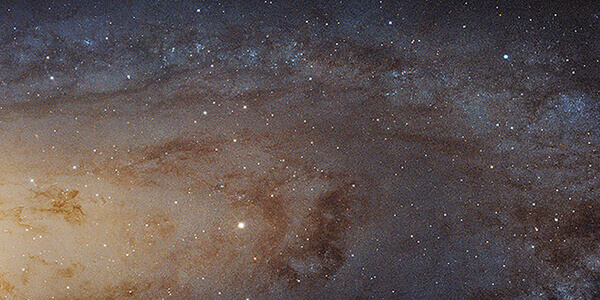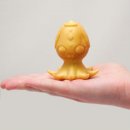Outer Limits: An Update on Space Sex and Procreation
Will humanity ever be able to thrive away from Earth?

While afrofuturist legend Sun Ra is famous for his “Space Is The Place” maxim, for the rest of us leaving our green planet could be pretty darned deadly.
Beyond the obvious no-air thing—which would kill an unprotected human being in about 15 seconds—there is a frighteningly long list of factors that scientists and engineers have to overcome before we will ever be able to seriously consider long-term spaceflight.
Deadly and invisible
One of the big ones is radiation. We here on Earth are protected from most of the hard stuff by a combination of our atmosphere and our planet’s magnetic field. But once beyond, an unprotected human would soon be dealing with all kinds of problems, especially cancer.
Radiation is also a major problem when we contemplate the idea of procreating in space. An average human being’s reproductive system is extremely sensitive to outside factors, so a dose of hard cosmic radiation is hardly beneficial. And even if our intrepid astronauts could somehow conceive children, that same radiation wouldn’t exactly be good for a developing fetus.
Disintegrating bones
After radiation there’s bone loss. Current astronauts lose anywhere from one to 2% of their bone density for every month they spend in free fall. That might not sound like a lot. But doing the math that our nearest neighboring star, Alpha Centauri, is 4.37 light years away from Earth means that, at the speed of light, our slave voyages would arrive as basically blobs of gelatin—unable to stand let alone give birth to enough children to get a colony going.

Research underway
Fortunately, scientists and engineers have been working on solutions, though we still have a ways to go before we can really get out into the void as a species.
For radiation, there is research into the creation of lightweight, high-absorption materials and even creating a miniature magnet bubble around the ship itself.
In regards to bone loss, a popular solution is to create artificial gravity via a centrifuge. Ever see Stanley Kubrick’s 2001: A Space Odyssey? Well, if not you are missing out. Not just because it’s a masterpiece of both cinema as well as science fiction, but the scenes of the Discovery is a perfect demonstration of using a rotating section of a ship to simulate Earth’s own gravitational pull.
Sex in space
And now we get to sex. Even if we solve the radiation and the gravity challenges, there are still all kinds of unforeseen factors that might keep our space explorers from reproducing.
But, again, other scientists and engineers are already thinking of when we’ll be leaving the Earth behind—and even possibly raising children on other worlds.
Just recently researchers sent frozen mouse sperm into space, retrieved them, and successfully impregnated other mice, which resulted in healthy offspring. This means that in a colony ship, it might be possible to store a vast storehouse of frozen human sperm, unfertilized eggs, as well as entire viable embryos.
As for the gestation period, we’ve already reported on the idea of using robots as surrogate mothers. This could mean that a classic science-fiction trope might be closer than we think: equipping a starship with a vast biological library of suspended sperm, eggs, and embryos—perhaps overseen by an artificial intelligence—to be decanted at their destination and birthed and nurtured by mother-bots.
If we want a more personal touch, it also might be possible to genetically engineer humans pre-adapted to life on a starship, with bones that would retain their strength and offer genetic resistance to radiation.
These new humans could also be given, for lack of a better word, space-genitals immune to cosmic radiation that could carry an infant successfully to term.
We have to leave the earth
In the end, though, it comes down to the even colder facts of space: if we don’t find a way of leaving the Earth, then humanity as a species will eventually become extinct. By developing these and other new technologies we’ll hopefully be able to move beyond our world—and take our important next step to evolve into a star-spanning civilization.
Or, to paraphrase Sun Ra: “Space will then be the place.”
Image sources: United News International, NASA Goddard Space Flight Center, Tom B
Leave a reply
You must be logged in to post a comment.

















